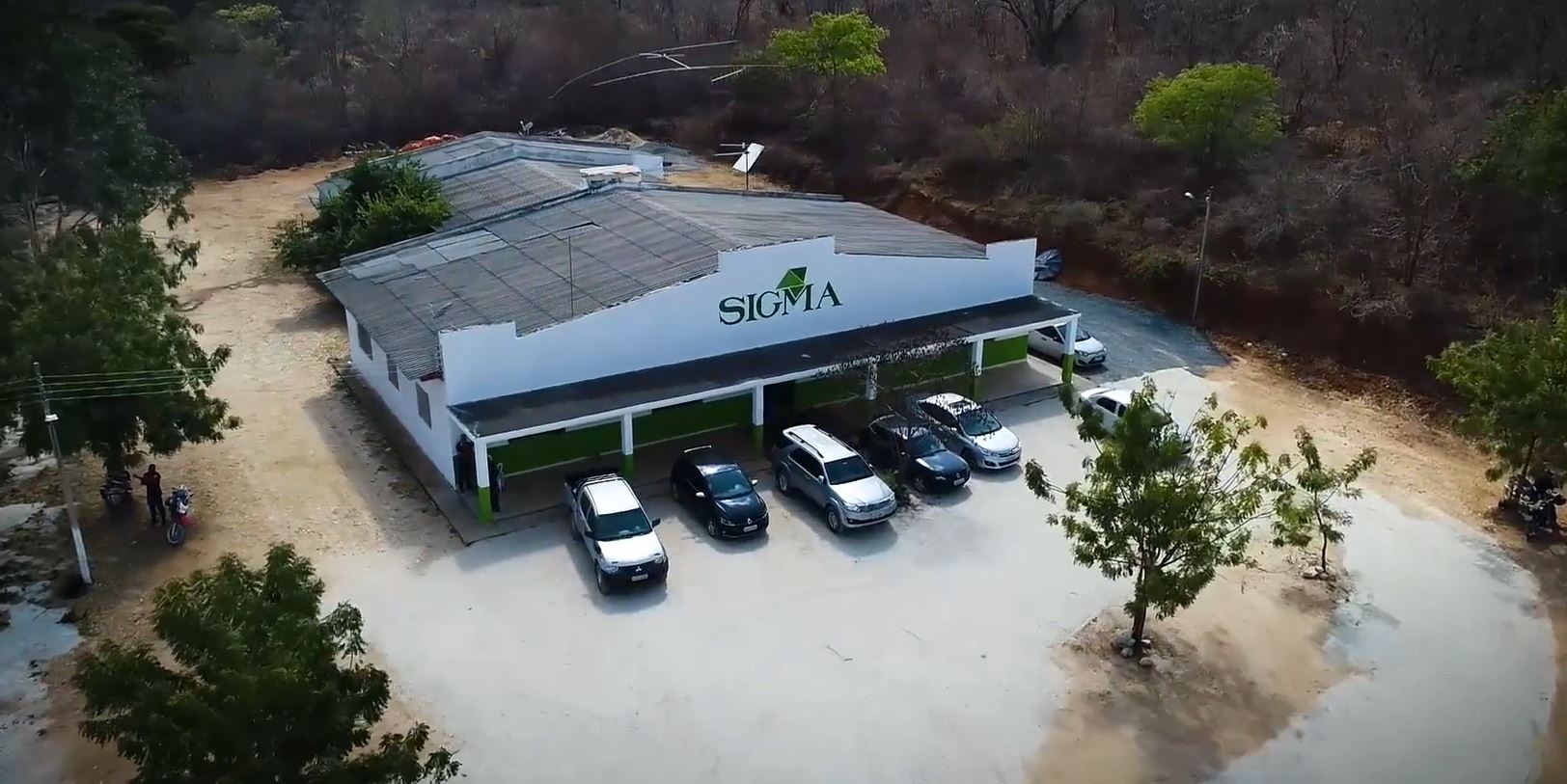In the interview with Joe Lowry and Co-CEO of Sigma Lithium, Ana Cabral-Gardner, covers a variety of topics, from milestones to responsible mining.
Quick rundown.
Sigma Lithium’s (Nasdaq:SGML) hard rock project in South America gets attention as it positions itself for lithium that is required to fuel the electric battery industry.
As Sigma Lithium begins to commission their operation in Brazil, they aim to ship their product in the first half of the year. The company’s goal is to become a 100K MT LCE producer, with the first stage of its plan to fully run its dense media separation (DMS) plant by April 2023.
Sigma Lithium Co-CEO, Ana Cabral-Gardner, highlights the unique features of spodumene and how it is used to increase performance, efficiency and sustainability in the battery industry. She also explores the challenges associated with producing spodumene in a responsible and sustainable manner, as well as the company’s commitment to responsible mining practices.

Milestones and timelines:
- Shipping product in the first half of the year
- Become a 100K MT LCE producer
Challenges and issues:
- Seven DMS’s is a complex system
- Tailings are not permanent
- The upward moving cost curve
- Mining nimbyism in Europe
- Chemical expertise
What is Sigma Lithium working on now?
The company is working on enhancing the recoveries of its ultra-fine circuit. This requires an increase in the number of DMS systems from six to seven. The DMS plant will produce 270,000 tonnes of granulated “battery grade sustainable concentrate,” according to the company statements. The company aims to make the concentrate both a socially and environmentally sustainable product.
With the recent expansion to become a 20-year project, the focus of the expansion is to deliver as much material as possible in the next five years to meet the high-demand for lithium in the electric vehicle market.
Europe’s environmental sustainability future.
Ana Cabral speaks in high-favor of Europe’s approach to environmental sustainability and specifically the carbon border adjustment mechanism (CBAM). According to Cabral, the border adjustment mechanism is a form of carbon tax that is meant to level the playing field in terms of environmental standards between different industries in Europe.
She further explains that this can be a step forward for the environmental movement as it requires industrial operators in Europe to abide by strict environmental criteria and adjust products coming into the continent that are not produced with the same standards.
Cabral notes that the border adjustment mechanism is an intelligent way to incentivize industries to go green, as it promotes competition and eliminates the incentive for companies to move their operations offshore. Cabral believes that this mechanism is one of the most brilliant and clever ideas in decades and is exactly what the world should be thinking about as it strives towards a greener future.
Despite the progress being made in Europe, Nimbyism (Not In My Back Yard) continues to be a challenge in the region, as there is opposition to mining and protests against sustainability efforts.
Commitment to Brazil.
Cabral explains the importance of building a socially sustainable society to return value to the community. She highlights three key elements to consider in a sustainable investment;
- capital deployment
- investment value
- environmental and social impact
Sigma Lithium’s net present value (NPV) of phase one is estimated to be worth half a billion dollars. The local municipality will collect royalties on the final shipment price of battery-grade concentrates, which Sigma Lithium voluntarily decided to pay, in contrast to what the sector has done in the past. This allows the community to build its own resources and invest in social welfare, which can contribute to Sigma Lithium’s corporate plan for sustainability.
Please note: The articles and editorial content on EnergyNowAndNext.com are intended solely for educational purposes, and should not be used as a substitute for professional legal, insurance, or financial advice.
This post aims to provide you with information that can help facilitate productive discussions. Comments made by third parties or references to them are their own views, and EnergyNowAndNext.com accepts no responsibility for them. The information provided is solely for educational and informational purposes and should not be construed as professional advice.

